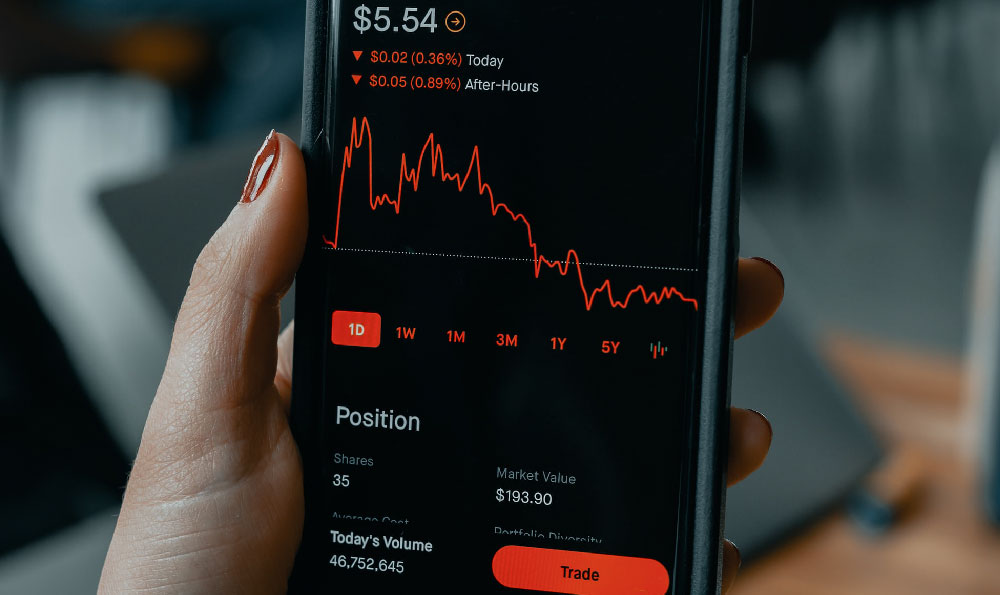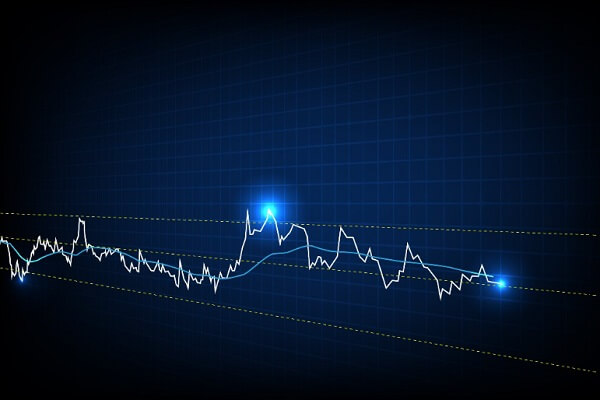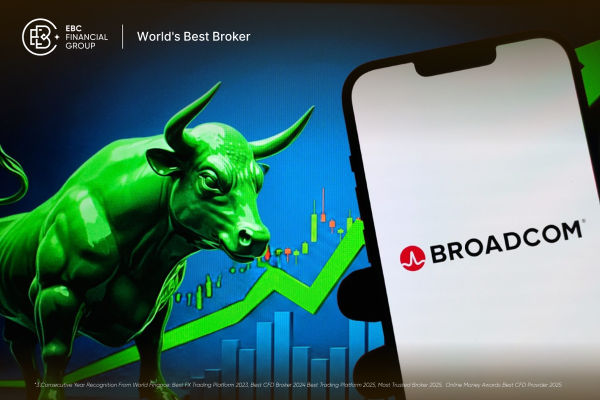Stock holding refers to the actual number of stocks traded in the stock market during a specific period of time. In other words, stocking trading refers to the actual buying and selling price within a certain period of the stock market, rather than the total trading volume of stocks.

What is Stock Turnover?
Stock turnover is an important indicator in the stock market that can reflect
the level of market activity and investor sentiment. When stocks are in high
demand, it indicates active market trading, strong investor willingness to
trade, and optimistic market sentiment. On the contrary, when there are fewer
stocks available, it indicates that market trading is not active, investors'
trading willingness is weak, and market sentiment is more pessimistic.
Current stock holdings can also be used to determine the liquidity of stocks.
When a stock is in high demand, it indicates that the stock has good liquidity,
and investors can easily buy and sell the stock. On the contrary, when the stock
is in low demand, it indicates that the liquidity of the stock is poor, and
investors may encounter significant difficulties in buying and selling the
stock.
How to Differentiate the Colour of Candle?
The color of stock trading usually refers to the color of stock trading
volume, namely red and green. Red indicates an increase in stock trading volume,
while green indicates a decrease in stock trading volume.
In stock trading, a red hand usually indicates an increase in Stock Prices,
as investors have a strong willingness to trade and market sentiment is more
optimistic, leading to an increase in stock trading volume. On the contrary,
green hands usually indicate a decline in stock prices, as investors' trading
willingness is weak and market sentiment is pessimistic, resulting in a decrease
in stock trading volume.
It should be noted that the current color of stocks is not absolute and needs
to be analyzed in conjunction with other factors. For example, if the trading
volume of a stock decreases but the stock price rises, it may be due to an
increase in investor confidence in the stock rather than pessimistic market
sentiment.
In short, the color of the current stock can help investors better understand
the market situation, but it needs to be analyzed in conjunction with other
factors to make more accurate investment decisions.



























